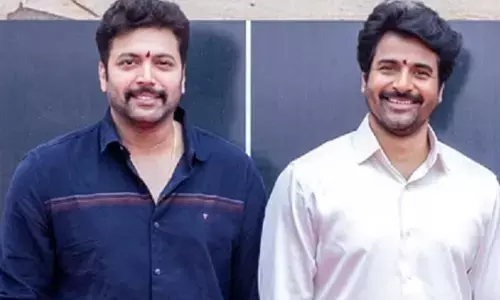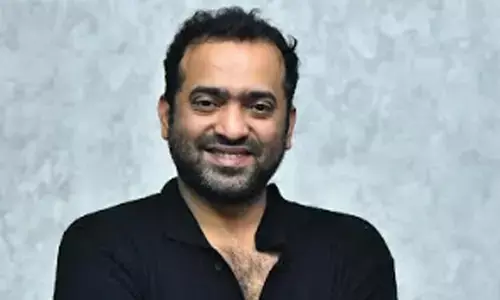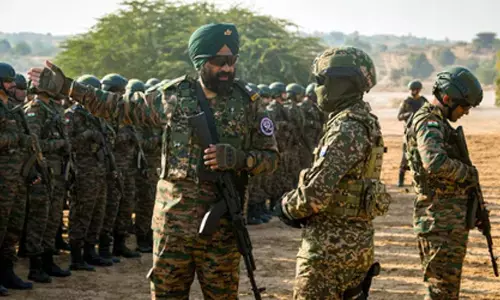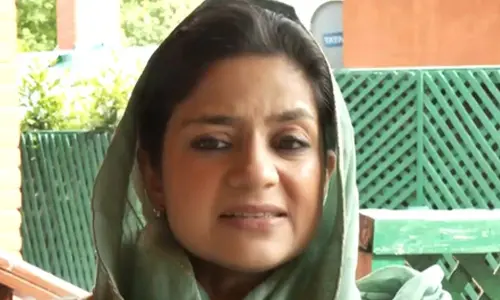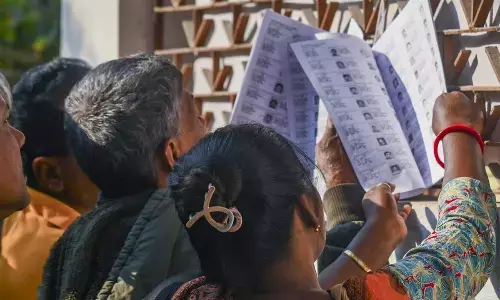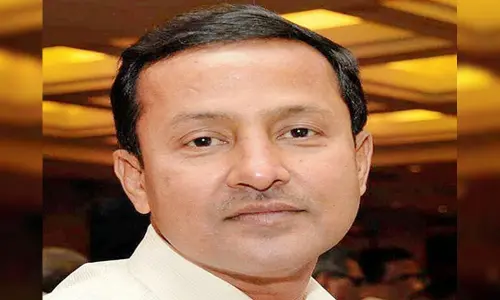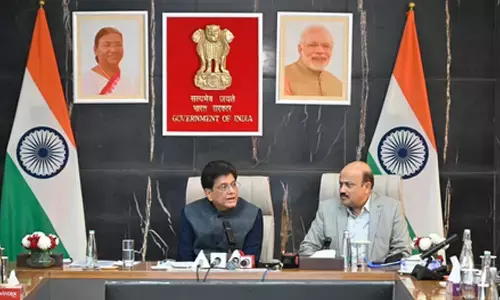Modi govt rushes to insure 50 crore Indians before 2019 Lok Sabha polls

Prime Minister Narendra Modis plan to provide health insurance to half a billion Indians a mass of people larger than the entire population of South America before he seeks a fresh mandate next year is already facing serious hurdles
Almost five months after announcing the ambitious 'Modicare' programme, the government is still working to lock in hospitals and insurance companies in time for its planned August launch.
NEW DELHI: Prime Minister Narendra Modi's plan to provide health insurance to half a billion Indians — a mass of people larger than the entire population of South America — before he seeks a fresh mandate next year is already facing serious hurdles.
Almost five months after announcing the ambitious programme, the government is still working to lock in hospitals and insurance companies in time for its planned August launch. It aims to cover the poorest 40 percent in a country where a 2017 World Health Organisation report found spending on health pushed more than 52 million people below the poverty line.
Fighting against accusations from the opposition Congress Party and other political groups that it's friendlier to business than the poor, the Modi government is also keen to shore up public support and roll out the programme before the Lok Sabha elections scheduled for early 2019.
Although beneficiaries have been identified and the IT infrastructure has been put in place, the involvement of hospitals — public and private — and insurance companies was still to be finalized, said Indu Bhushan, chief executive officer of the government's project.
"If we have to provide services to such a large number of people, we can't do it without the private sector," Bhushan said. "We don't have that kind of healthcare capacity in the government sector," he said, adding he was hopeful the programme would be ready by India's Independence Day on August 15.
It's the government's second major welfare push this year — in March it presented a draft bill on a social security programme designed to cover the country's 500 million poorest workers, including those in informal employment.
'Substantial investment'
The total cost of the programme hasn't yet been calculated, but the promise is to provide poor families up to 500,000 rupees ($7,250) in annual cover. An earlier federal health insurance scheme had managed to cover just 61 percent of those eligible after 10 years of operation, government data show.
"It will not be possible for healthcare providers to respond to such a huge expansion of coverage without substantial investment in medical facilities and manpower," said Owen O'Donnell, associate professor at the Rotterdam-based Erasmus School of Economics. "Without that, the extension of coverage risks being nominal rather than real."
India has long under invested in health and spending as percentage of GDP is lower than most low income countries, including neighbors Nepal and Maldives.
Since December, Modi's been facing rising political turbulence. He won his home state of Gujarat on a wafer-thin majority, lost crucial byelections in Uttar Pradesh, failed to form the government in Karnataka and witnessed protests by students, farmers and underprivileged communities.
"The Modi government has decided to launch the ambitious Ayushman Bharat health insurance scheme with an eye on the 2019 polls," said Satish Misra, senior fellow at the Observer Research Foundation in New Delhi. He said strategy behind the programme mirrors the massive employment guarantee programme for the poor that helped Congress win re-election in 2009.
Convincing states
The other threat to a speedy roll-out may be India's federal structure. Health services are controlled by state governments and some like Andhra Pradesh and West Bengal are ruled by regional parties who staunchly oppose the BJP. As a result, they are reluctant to roll out Modi's programme, citing their own pre-existing insurance systems.
Assuring quality for money is a critical step, said Stephen Leeder, emeritus professor of public health at the University of Sydney. "If quality is low the scheme will not be politically sustainable," he said.
India's state governments have the job of deciding whether to run the programme through the expansion of the existing health insurance industry — as in the US — or by establishing trusts which directly pay healthcare providers. "The evidence is strongly in favor of one insurer or multiple state-based government insurers," said Leeder. "This move is highly political and the background political commitment can make or break the scheme."
The programme's reach will also be limited by India's poor health facilities, dated equipment and shortage of staff in rural areas, where the majority of people eligible for benefits live. India has 0.8 hospital beds per 1000 people, compared to an average of 3.3 among Asian countries, according to data from the Organisation for Economic Cooperation and Development. The ratio is often taken as a measure of in-patient health infrastructure.
"It is not just about giving money," said Sanghita Bhattacharyya, senior specialist with Public Health Foundation of India, an independent think-tank. "People in remote villages may need to travel hundreds of kilometers to get to the nearest health facilities."









